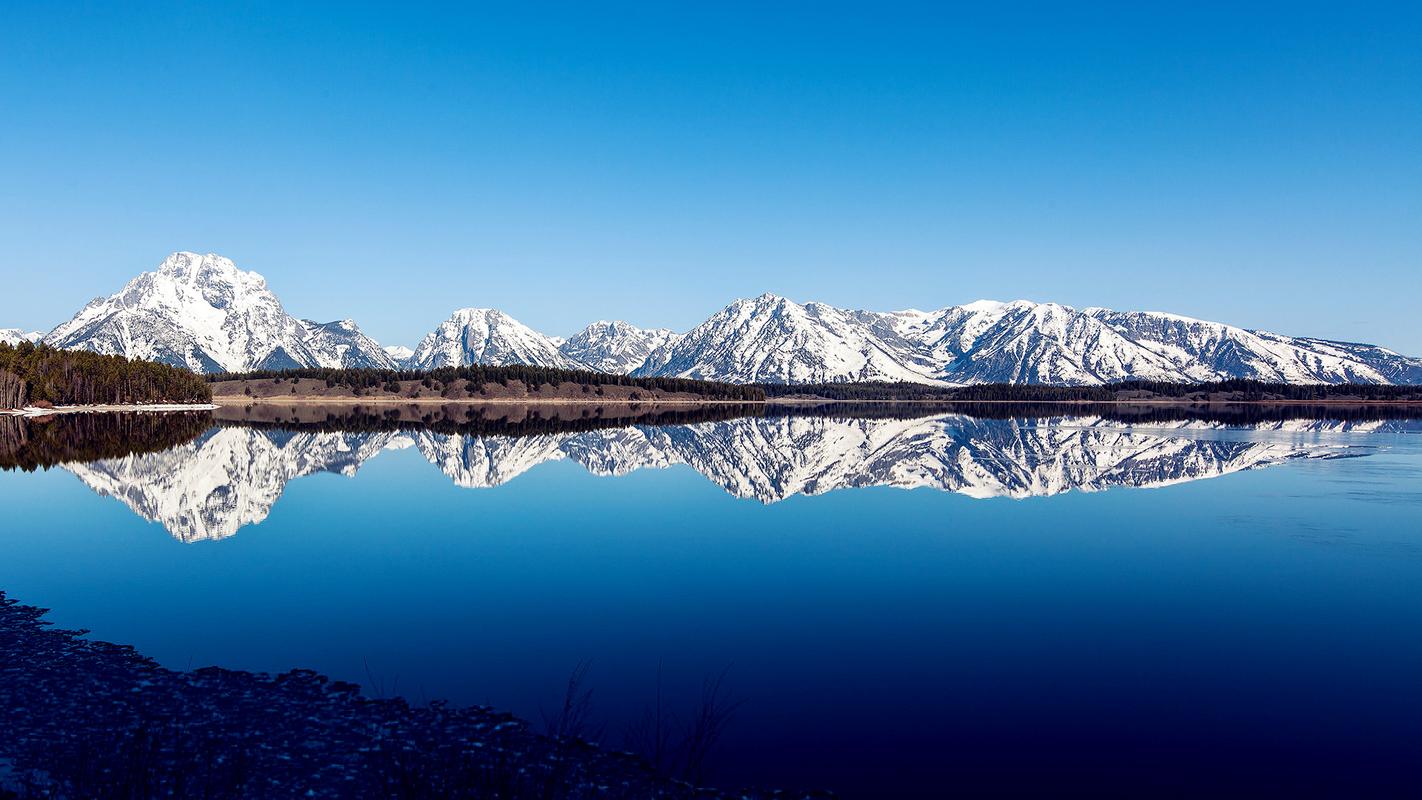The Evolution of Education in the 1920s: From Progressive to Traditional Approaches
Education has been a vital aspect of human society for centuries. It serves as a tool to impart knowledge, skills, and values to the upcoming generations. The 1920s marked a significant shift in the way education was perceived and practiced. It was a decade of immense cultural, social, and economic transformation in the United States. This article explores the evolution of education during the 1920s, from progressive to traditional approaches.
The Context of Progressive Education
Progressive education emerged at the beginning of the 20th century as an alternative approach to traditional education. The progressive movement was a response to the industrialization of society and the changing needs of the workforce. It focused on experiential learning, child-centered teaching, and individualized instruction. Progressive educators believed that students learn best through hands-on activities and real-life experiences. The curriculum was designed to promote critical thinking, problem-solving, and creativity.
The Rise of Traditional Education
In the 1920s, traditional education made a comeback. There was a shift towards a more structured and disciplined approach to teaching. Traditional education emphasized rote memorization, standardized testing, and lecture-based instruction. The aim was to impart a set of predetermined knowledge and skills to prepare students for the workforce. Traditional education was seen as a way to establish order and conformity in society.
The Impact of Cultural and Social Changes
The 1920s was also a decade of immense cultural and social changes. The rise of consumer culture, the end of World War I, and the women’s suffrage movement led to new societal norms and expectations. These changes had a significant impact on education, as schools were expected to adapt to the changing needs of society.
Progressive education was seen as too liberal and alternative for many people, who believed that traditional education was the only way to instill discipline and order in society. In response, traditional education became the dominant approach to teaching in the 1920s.
The Legacy of the 1920s
The legacy of the 1920s in education is still felt today. The dichotomy between progressive and traditional approaches persists, with some advocating for a return to progressive education while others argue for a more traditional approach. The debate over the purpose and meaning of education continues to be a contentious issue.
In conclusion, the 1920s was a decade of significant evolution in education. The rise of traditional education marked a shift towards a more structured and disciplined approach to teaching, while progressive education focused on experiential learning and individualized instruction. The impact of cultural and social changes led to a societal demand for a more traditional approach to education, which still resonates with us today. The ongoing debate over the appropriate approach to education speaks to the importance of this issue and its impact on society.
(Note: Do you have knowledge or insights to share? Unlock new opportunities and expand your reach by joining our authors team. Click Registration to join us and share your expertise with our readers.)
Speech tips:
Please note that any statements involving politics will not be approved.
